Let me be upfront. The Chola Tigers is the most ambitious of the books Amish Tripathi has written so far. This historical fiction, which is Amish’s genre, has moved to the next level of a thriller. A fast-paced,
brutal thriller with enough twists and turns, mixing of history with fiction to come up with a heady cocktail, not tried to this level of action by him so far. Before someone tries to tell me to rethink my premise, let me tell the readers that I have read all the books of Amish Tripathi.
The earlier book in this series, Suheldev, was a pathbreaking book. It presented real history in the form of fiction. The Chola Tigers is a fiction created out of real-life historic figures. Suheldev was his attempt to bring to light a historic character that had disappeared from the national memory, though present in local folklores of Uttar Pradesh, tragically reduced to a caste hero. The present book helps you recreate a historic period vividly through a thriller.
I was a bit disappointed by the last book, Raavan, of Shri Ramchandra Series. This book brings me back into his fold as a fan. The story is set in 1000 CE. The plot is woven around the destruction of the grand Somnath temple by Mahmud of Ghazni and the determination of a Gujarati trader to avenge the insult and destruction of the most sacred object of his devotion. He puts together a fascinating and audacious plan to assassinate Mahmud of Ghazni! How to execute his plan? He needs allies who have the required skills and power.
He travels to the Chola kingdom and convinces a retired fiery general of the great Chola king, Rajendra Chola. Once convinced, the general takes him to the sagacious king. When the mighty empire builder is convinced, he deputes his erstwhile Army chief to finalise and execute the complex plan. Slowly, more characters from Pandyan and Chalukyan braves also get involved. There is intrigue and bloodletting even before the closely-knit team boards its ship. To further the agenda, the great scholar king Raja Bhoj also lends his shoulder to this highly secret mission. There is a liberal sprinkling of good Indian Muslims from Bengal and martial Muslims of Southern India, pitted against the vicious jihadi Muslims.
The story involves conspiracies, spying, merciless killings, sharp instincts of the survivors, killer confrontations, skullduggery, switching of loyalties, palace intrigues, and audacious plans to confront and kill the king of Ghazni. To soften the story, there is a subtle touch of romance too in the times of war, though it does not interfere with the narrative at all.
Amish weaves a fascinating story around intelligence gathering and deep contacts of various kingdoms and Indian traders in other countries through their trade relations. The description is vivid. You can almost see Bharat and the neighbouring countries of those times. Some creative freedom is taken in timelines, but it does not harm the spirit of the story, so you can just let it pass. The story adds the dimensions of Indo-Arabian trade, Kashmiri Hindus, Persians, and Arabians, before you feel that you will lose track. But I should not be a spoiler, so I won’t reveal the plot. It is a skilled storytelling where you cannot guess what could be the next twist in the story. The climax is explosive, but ends with a soothing epilogue.
Amish Tripathi knows his readers, hence, loves to give a contemporary touch to his ancient stories and fiction. Here, he calls Hindustanis (that is how we were identified at that time, especially by the invaders) or Bharatiyas (as we recognised ourselves), as Indians. In this book, our nation is called India in the story, rarely Hindustan. This style of his, weaving past with the present, enamours his readers, no doubt. With this book, his idea of The Immortal Writers’ Centre has matured well.
Amish uses surgical precision to write fine lines of narrative. He has a sophisticated style in sharing philosophy, and his idea of Bharat, about which we are well aware. He shares authentic historic references to tell the readers how invaders used Islam to justify their loot, arson, violence, and mistreatment of women when he writes about their cruelty. At the same time, he introduces India-loving Muslims in his story who pay equal respect to Hindu gods as they pay to their own Allah and Muhammad. They are clear about their religion, their faith, and loyalty to their nation, Bharat. Creating these kinds of plausible characters is the writer’s speciality. Thus, he achieves the impossible. You hate the evil people, but not the faith they claim to represent.
The writer finally brings the story to the present in his epilogue. This part of the book brings the history to full circle, therefore, is important. Here he expresses his views about the civilisational Bharat in his own gentle style. He reflects on the downfall of Bharat with the advent of invaders; he talks about Kaalchakra, a concept of cyclical time unique to Hindu civilisation. His characters in the epilogue link the renaissance of Bharat after centuries of downslide to the rise of the Ayodhya mandir. Thus, he brings closure to the 10th Century debacle with the 21st century renaissance of Bharat. There is an optimistic, upbeat end to his novel.
This book is relatable for me as it takes me back to an era recreated recently by the biography of ‘Babur’ written by Aabhas Mahaldiyar and the thrilling fiction ‘The Ayodhya Alliance’ written by Ashwin Sanghi. So, with this book, it is like soaking in an era with history and fiction performing a tango. I am sure readers will love ‘The Chola Tigers – Avengers of Somnath’ and read it at one go, due to the sheer pace that also builds a sense of anticipation.
The reviewer is a well-known author and political commentator. He has written several books on RSS, like RSS 360, Sangh & Swaraj, RSS: Evolution from an Organisation to a Movement, Conflict Resolution: The RSS Way, and done a PhD on RSS. Views expressed in the above piece are personal and solely those of the author. They do not necessarily reflect News18’s views.
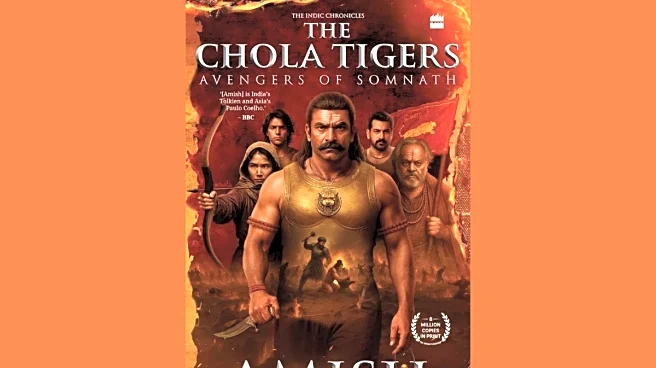

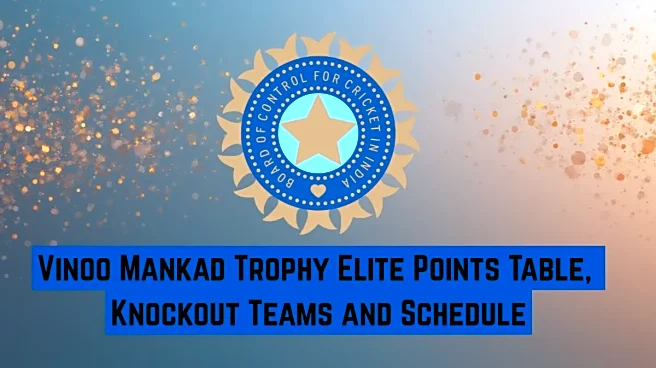

/images/ppid_a911dc6a-image-176068203615192304.webp)


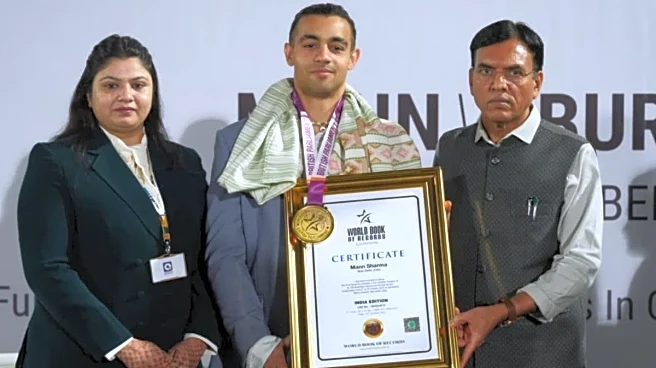
/images/ppid_59c68470-image-176078003555792647.webp)



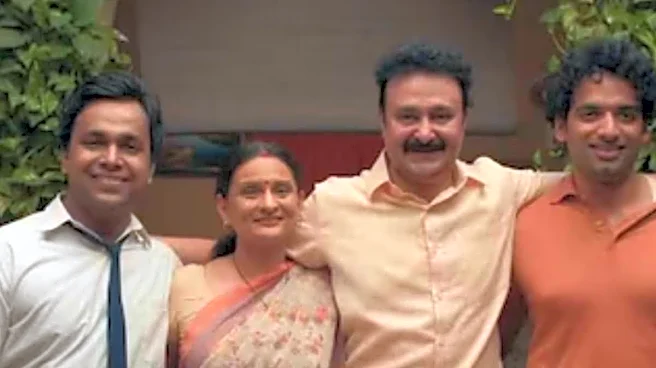
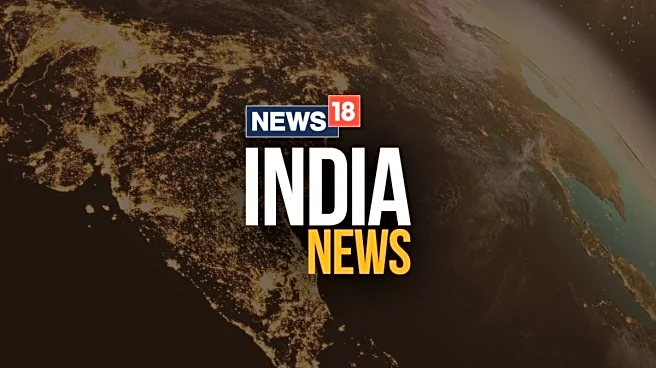
/images/ppid_a911dc6a-image-176077726185675733.webp)
/images/ppid_59c68470-image-176071505015311429.webp)